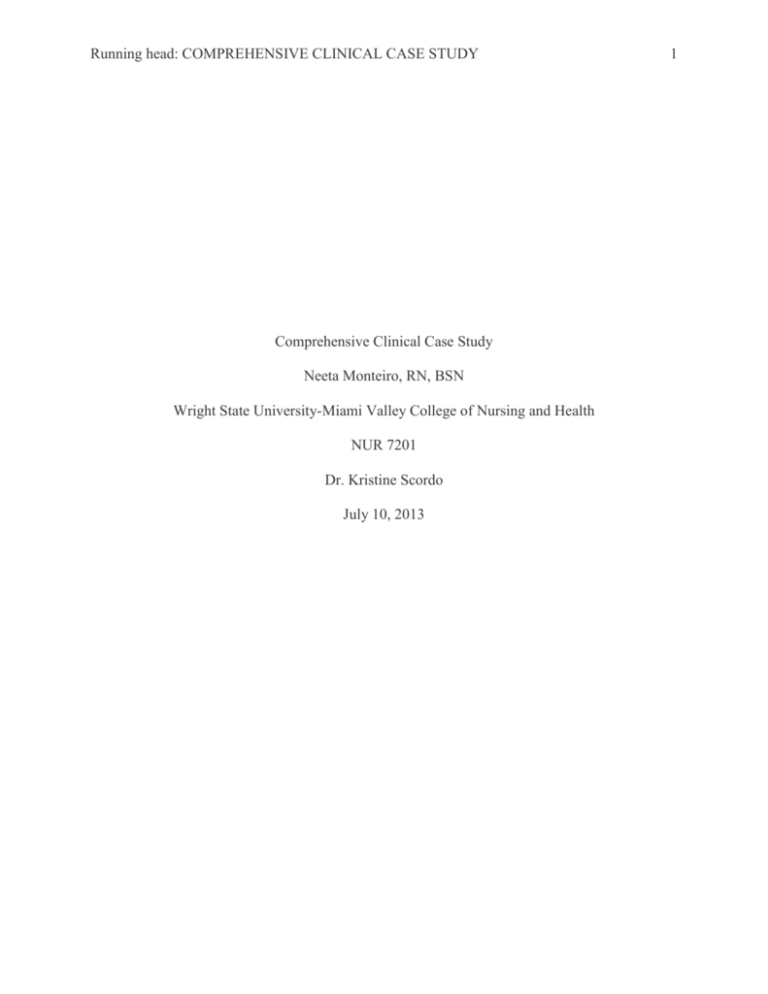
In the OMEGA process, the ethylene oxide is first converted with carbon dioxide (CO 2) to ethylene carbonate. Ī higher selectivity is achieved by the use of Shell's OMEGA process. About 6.7 million tonnes are produced annually. The separation of these oligomers and water is energy-intensive. The major byproducts are the oligomers diethylene glycol, triethylene glycol, and tetraethylene glycol. Under these conditions, ethylene glycol yields of 90% can be achieved. The highest yields of ethylene glycol occur at acidic or neutral pH with a large excess of water. This reaction can be catalyzed by either acids or bases, or can occur at neutral pH under elevated temperatures. Ethylene oxide reacts with water to produce ethylene glycol according to the chemical equation: Production Industrial routes Įthylene glycol is produced from ethylene (ethene), via the intermediate ethylene oxide.

Ethylene glycol has a sweet taste, but it is toxic in high concentrations.

It is an odorless, colorless, flammable, viscous liquid. It is mainly used for two purposes, as a raw material in the manufacture of polyester fibers and for antifreeze formulations. Ethylene glycol ( IUPAC name: ethane-1,2-diol) is an organic compound (a vicinal diol ) with the formula (CH 2OH) 2.


 0 kommentar(er)
0 kommentar(er)
